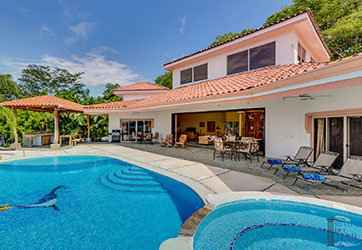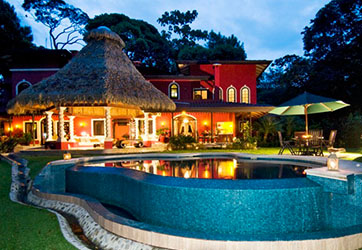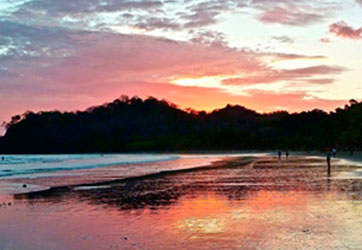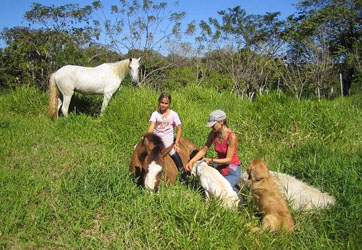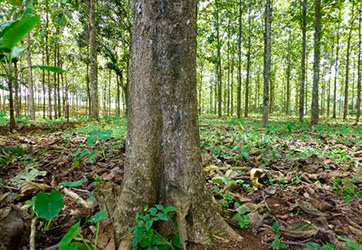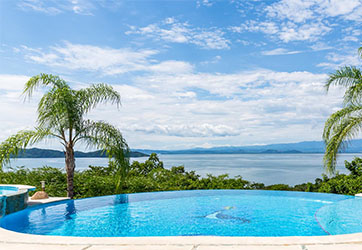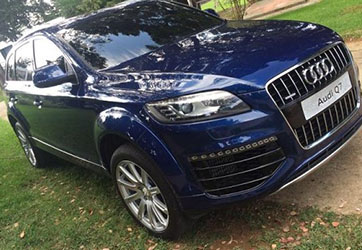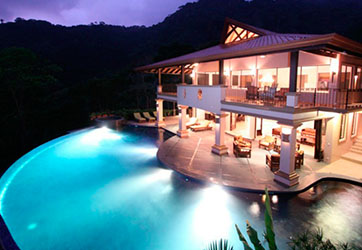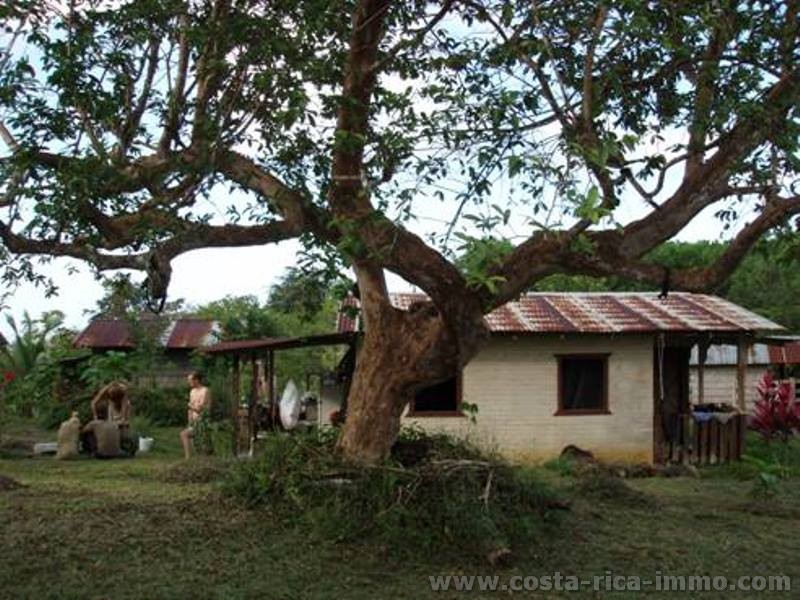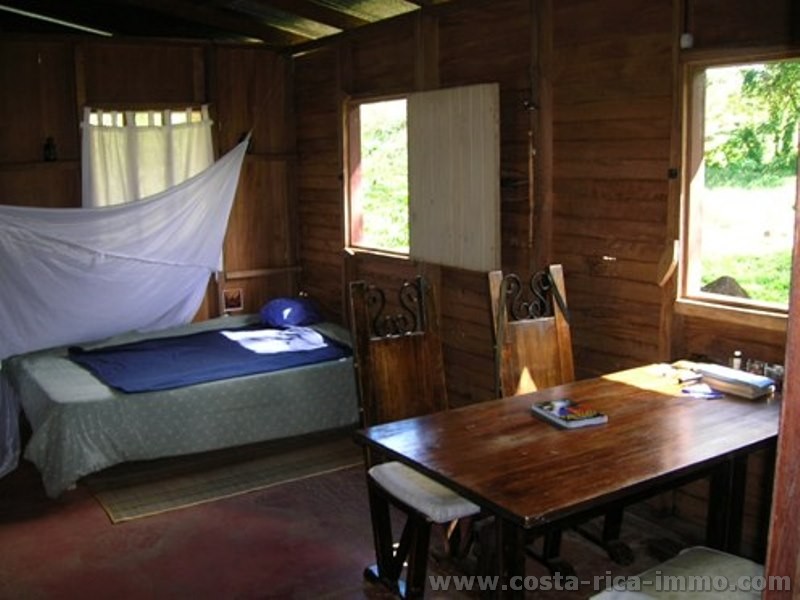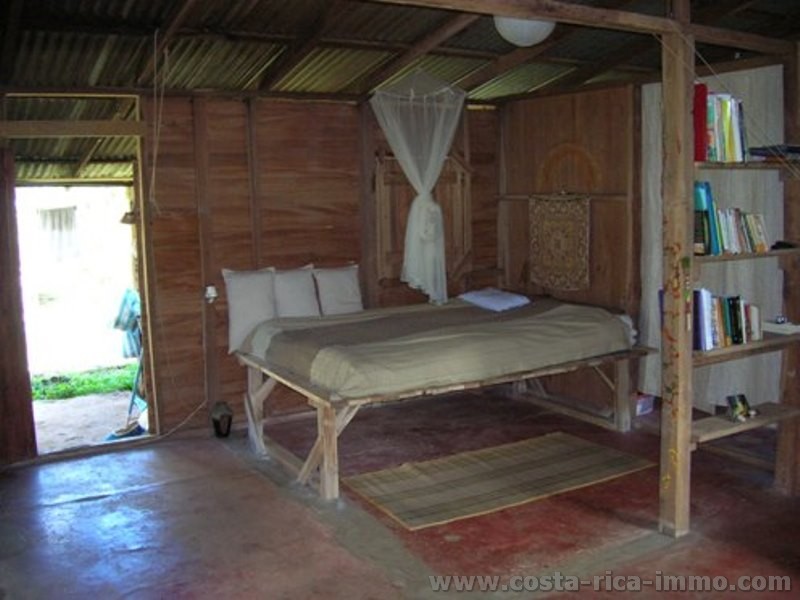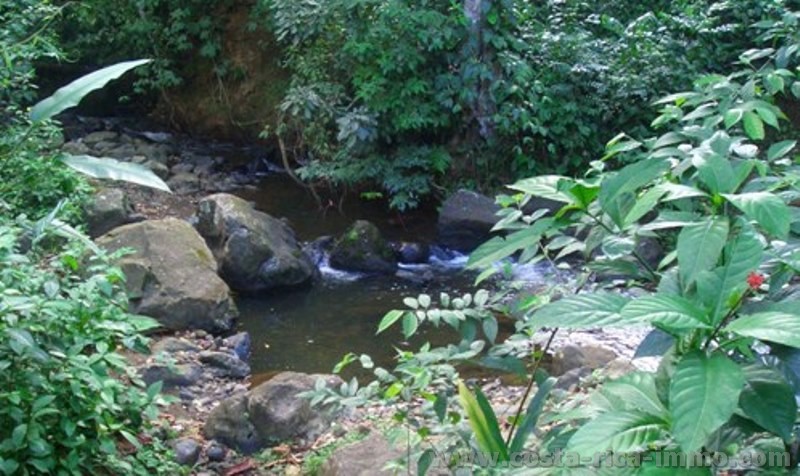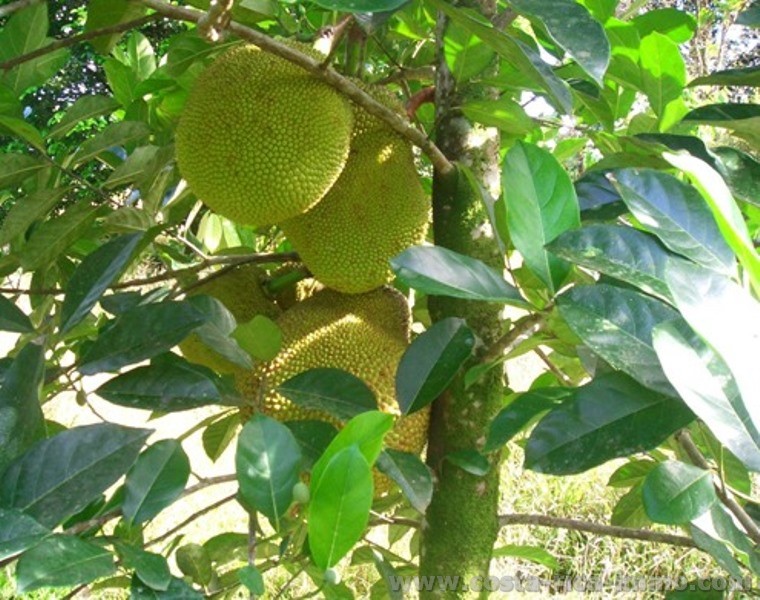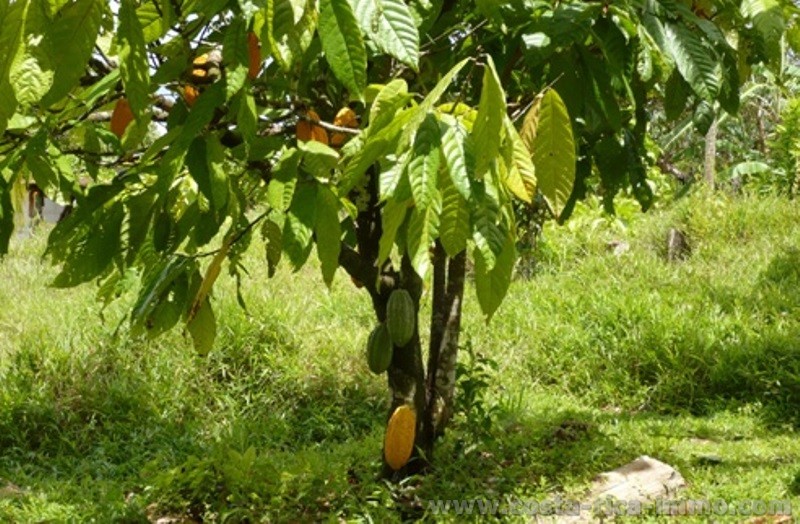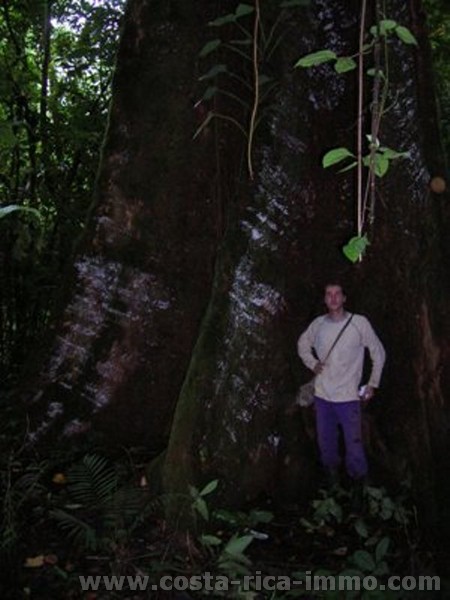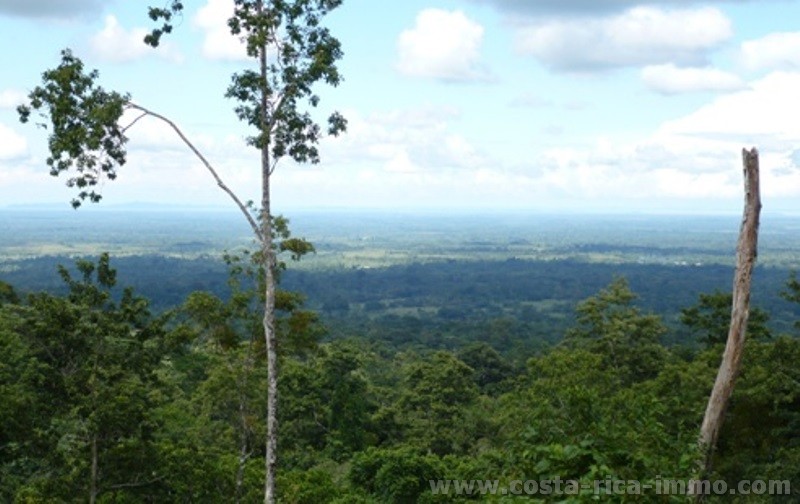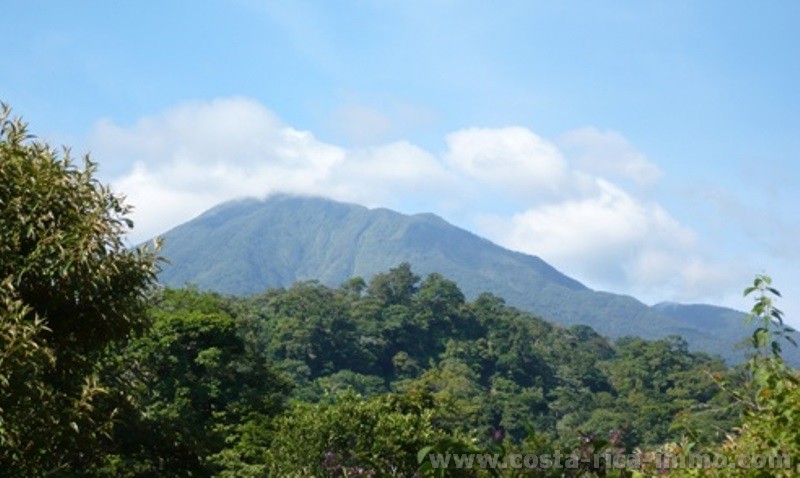Property: SOLD 27 acre organic permaculture farm for sale - Central North, Costa Rica
Property
No.: 1753
| Property No.: | 1753 |
| Location: | Costa Rica, Central North, Guanacaste, Bijagua de Upala |
| Price: | US $ 75000 |
| Size: | 109250 |
| Construction size: | 80 |
| Shopping: | 3 |
| Street: | |
| School: | 300 |
| Construction year: | 0 |
| Rooms: | 80 |
| Bedrooms: | 2 |
| Bathrooms: | 1 |
| Parking lots: | 0 |
| View: | |
| Extras: | |
Real Estate Costa Rica:
Central Valley | North Pacific | South Pacific | Central Pacific | Caribbean | Central North
Description:
27 acre (10.925 ha) organic permaculture farm for sale
Farm
The land has a title and papers and is properly measured.
I bought the farm in August 2005. The size of the land is 11 hectares (27 acre). 3 ha of the land are secondary forest with a few primary trees left. On the land there is a drinkable spring, 2 small creeks and a big one that can swell to the size of a river, when it rains. The last one is perfect for taking a good bath or to let the current massage you natural jacuzzi style. The terrain is slightly sloped and for that reason there are some nice views to Lake Nicaragua in the north.
Mature fruit trees: 2 nance (chakunga), ca. 20 avocado, 3 water apple, 4 coconut, 4 mango, 4 guayabas (often wrongly called “guavas”), a bunch of cacao trees, 2 ice-cream beans (guava), 4 cashew, 5 soursop (gunabana), 6 Rollinia, grapefruit, 3 Abiu, some sweet lemons, 3 peanut-butter cherries, around 15 noni trees (supreme quality), lots of lemons and oranges.
Mature fruiting bushes: Some papayas, lots of bananas, x passion fruits, x tomatoes, 2 acerola, 3 Arasar and some pineapples.
Besides the old stock of fruit trees I planted around 200 more. Whatever different kinds I could get (Durian, chempedak, jackfruit, velvet apple, rambutan, rollinia, litchi, mangosteen…). By now there is an assortment of over 80 different kinds of fruit. Some of them already bear fruit, while most will start fruiting in 2010 and others probably not until in 2013 (wild Durian, Mangostan).
My style of farming is best described as forest gardening with permaculture principles.
There is a perfect spot on the land to dig a natural swimming pond, which could be used as a fish pond the same time. Also there are several spots with good views that can be used as construction sites for buildings (at least 4 sites with view). The land has a difference in height of 200 feet from the lowest to the highest point, so the fruit season will be slightly extended if trees are planted at different heights. Also the shape and character of the land makes it perfect for tours and could easily be transformed into a botanical garden or nature trail. The land has a lot of potential and fertile soil. The base is already established and with a bit of additional work it will be a paradise.
Vanilla and black pepper plants grow well there and could be extended all over the property, as a mean of generating income. Same for Cacao. Perfect area for those kind of crops. You could make your own chocolate, or just export cacao, black pepper, vanilla, noni juice...
Also I have 2 kinds of wild bees that produce highest quality honey and pollinate the fruit trees to insure good harvests. Costa Rican bees do not have a huge Varoa problem, as in the US and in Europe, as the eco-system here is much more stable and healthy. Also most wild bees are not affected by Varoa anyways. Also the vanilla plants in here do get pollinated on their own, unlike in Hawaii where it is additional work for the grower.
The land has lots of beautiful pristine areas in the forest with old-growth trees, well suited for hiking trails.
Reason for selling the farm
Well, I have a 5 year old daughter in Austria that needs me around more often. Europe is a bit too far from Central America to live in two places. I want to find someone who appreciates nature and the fruit trees I planted, so my work will not be in vain. The land is perfect for a family or group of people to live self-sustainable and run a successful business there.
Neighbors and Nature
Almost all our neighbors are friendly and helpful cow farmers. Although cattle has a lot of disadvantages there is one good thing about it: very little chemicals are used on a meadow! Generally I prefer to have neighbors with cows to a pineapple plantation! Also since the neighbors make their money with the cattle, they usually don’t spray the few fruit trees that grow around. So I can get a lot of organic fruits from my neighbors too.
Overall the area around us is very clean. Partly for the low population density and the old fashioned way to raise cattle. At the moment our little village consist of only 30 inhabitants. For that reason there are still no bars, restaurants or supermarkets around. The people of the area still live quite simple and create way less trash than city folk. It is hard to spot plastic trash on the trails and dirt roads, while around cities it can be littered. Luckily there is very little trash burning going on, unlike SE Asia, where the air at night sometimes was full of toxic plastic fumes and dioxides.
Wildlife
Costa Rica is the bridge between two continents, and for that reason, it also has species from the north and south. It is one of the countries with the most diversity of flora and fauna. There are a huge variety of birds and mammals. Toucans and raccoons come to the house and try to steal ripe bananas from the porch. Humming birds regularly visit the flowers in the back yard and big birds of prey glide majestically through the sky. During guava season many parrots come to feast on the delicious fruits and make a noisy racket. There are loads of different mammals, birds, insects, reptiles. The eco-system of the area is still very healthy and diverse, e.g. balanced.
Cabin
There is a simple wooden cabin with a few beds on the land. The cabin has electricity and running water and there is a half-open kitchen on the backside of the cabin. Very basic, but enough for a start-up until you get your own house or lodge there.
Infrastructure
The closest village is called Canalete and offers a supermarket, several grocery stores, a hardware store, butcher, restaurants, bars and so on, but still no Internet café. The closest Internet place is in Upala, a small laid-back town around 40 min. with the car. Upala offers a much wider variety of shops, has several banks, a post office and a few Internet cafes. But the Costa Rican phone company now offers Internet connection through cell phones that have a GPRS function and can act as a modem. It is even quite cheap: 3500 colones (7$) a month, as much time as you want. Of course slow, but enough for email and some browsing.
So far there is no phone line going up to the farm, but there is reception for cell phones on certain spots in and around the cabin and on the hill tops. Taxes for the land are very cheap: around 30$ a year! So far I paid not more than 7$ for electricity a month, running a fridge, blender, lights and a laptop.
Site
The farm is located at 10° 50’ northern latitude and 85° 05’ longitude, at the foot of the mountain Miravalles (2028 m), 300 to 350 m above sea level, with a view over the plains in the north and Lake Nicaragua.
The area is lightly populated and there is a lot of forestland around. There is a huge forest reserve called “Miravalles” within 3 km airline of the farm. Plenty of creeks and springs in the area have water all year round. The farm has a fresh water spring for drinking water that supplies enough water for several families all year round.
The place is calm and isolate. The nearest village (Canalete) is 5 miles down the hill on a gravel/dirt road with very few cars passing.
The drive to the nearest beach requires around 2.5 hours of travel time. The beautiful national park Tenorio with “Rio Celeste” can be reached within an hour and a quarter from the farm (with a 4x4). And there are hot springs in “Aguas Claras” one hour far.
Climate
The climate is tropical with abundant rain but less than on the Caribbean side. Daytime temperature varies between 24 and 30 degrees Celsius. Nighttime temperature is between 20 and 26 degrees.
Dry season is from February to May and the rainy season is from June to January.
The strongest rains fall usually during December.
The middle of dry season marks the beginning of the fruit season, when most fruits are available. But there is always some fruit around, besides the species that produces all year round anyways (like banana, papaya, coconut).
The climate here is generally very mild. It is not as hot as the tropical lowland, but it’s still a nice temperature to be out in the open all the time. Since there is always a little breeze blowing in the area, it doesn’t feel so humid or sticky. There is no air conditioning necessary, as the elevation is high enough for a gentle breeze cooling on hot days. Around October it can be windy at night, but due to the geographical situation of the area, the farm is well protected from storms.
Dry season is a really beautiful and sunny time. It still rains from time to time, so the plantations need no irrigation (except maybe some sensitive veggies), but it is quite dry and there are almost no mosquitoes around. Neither day, nor night.
Contact:

